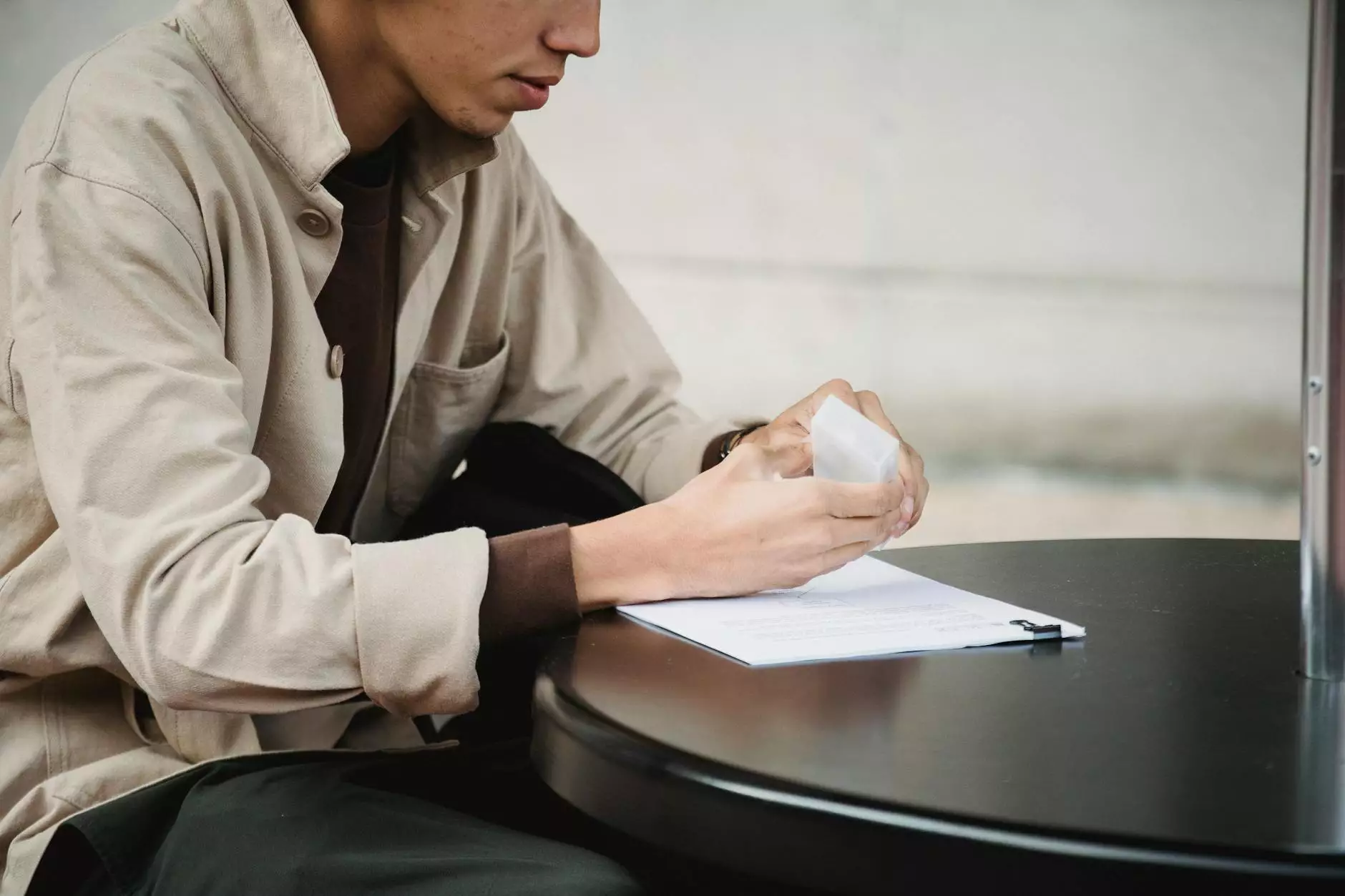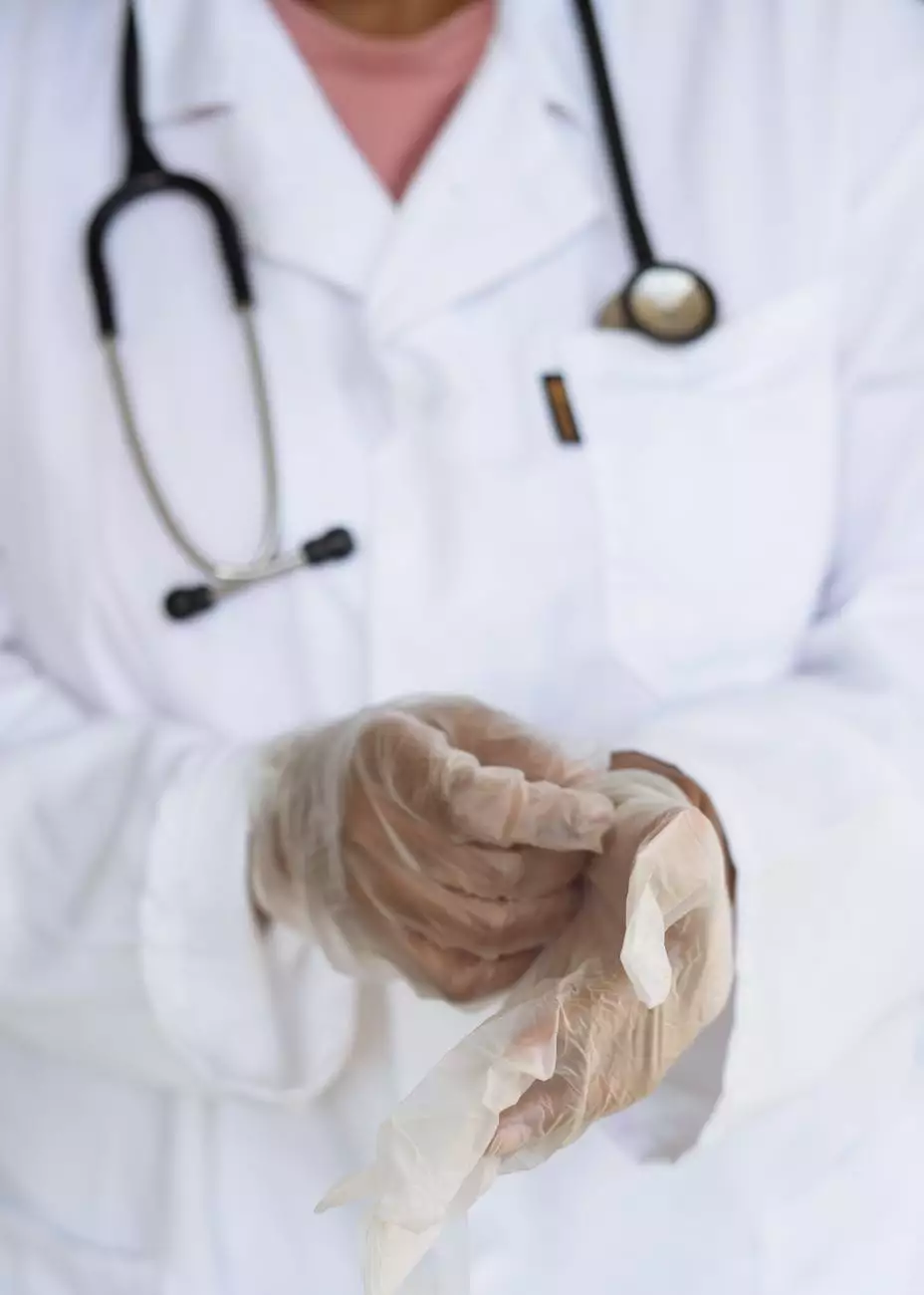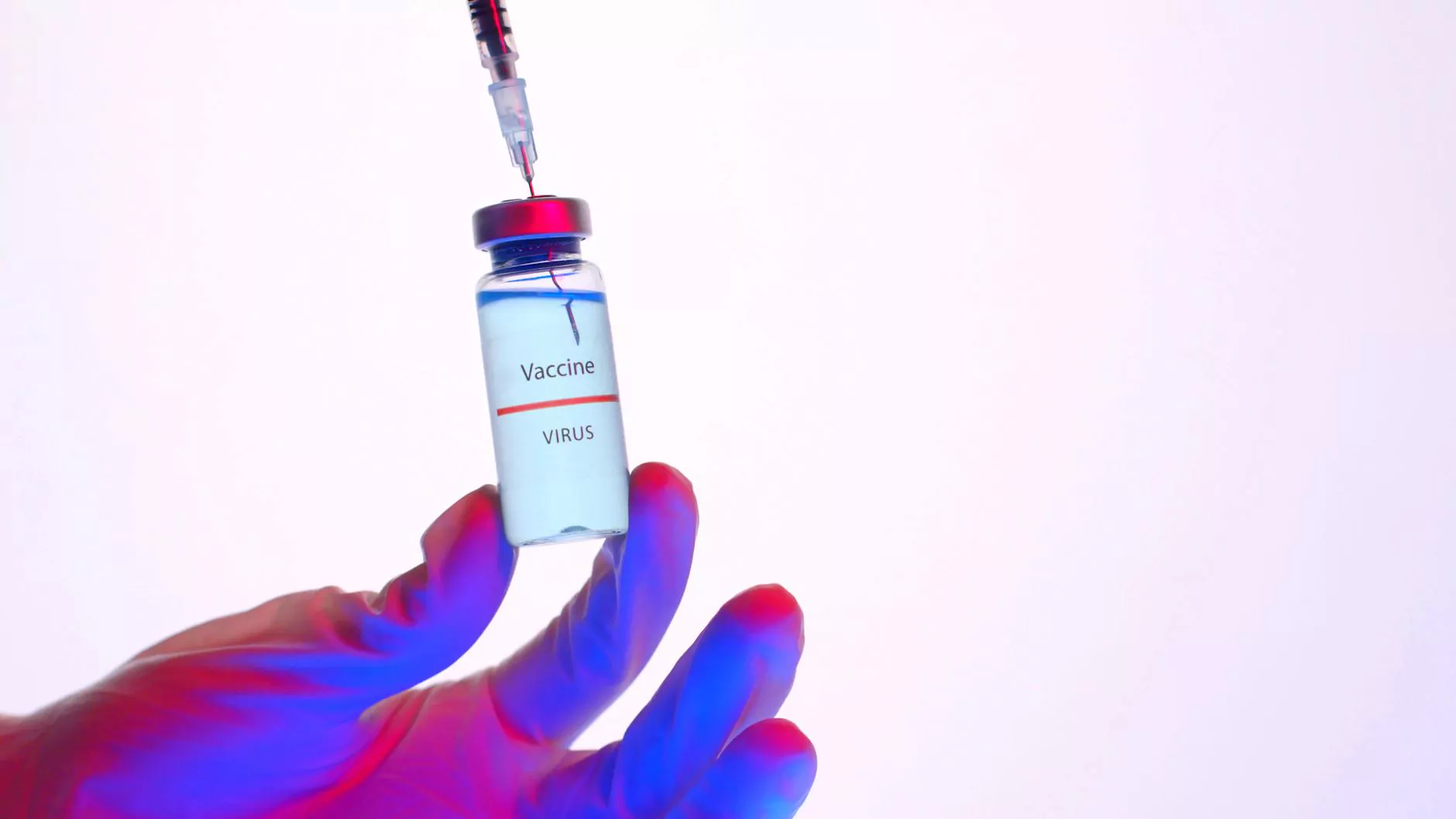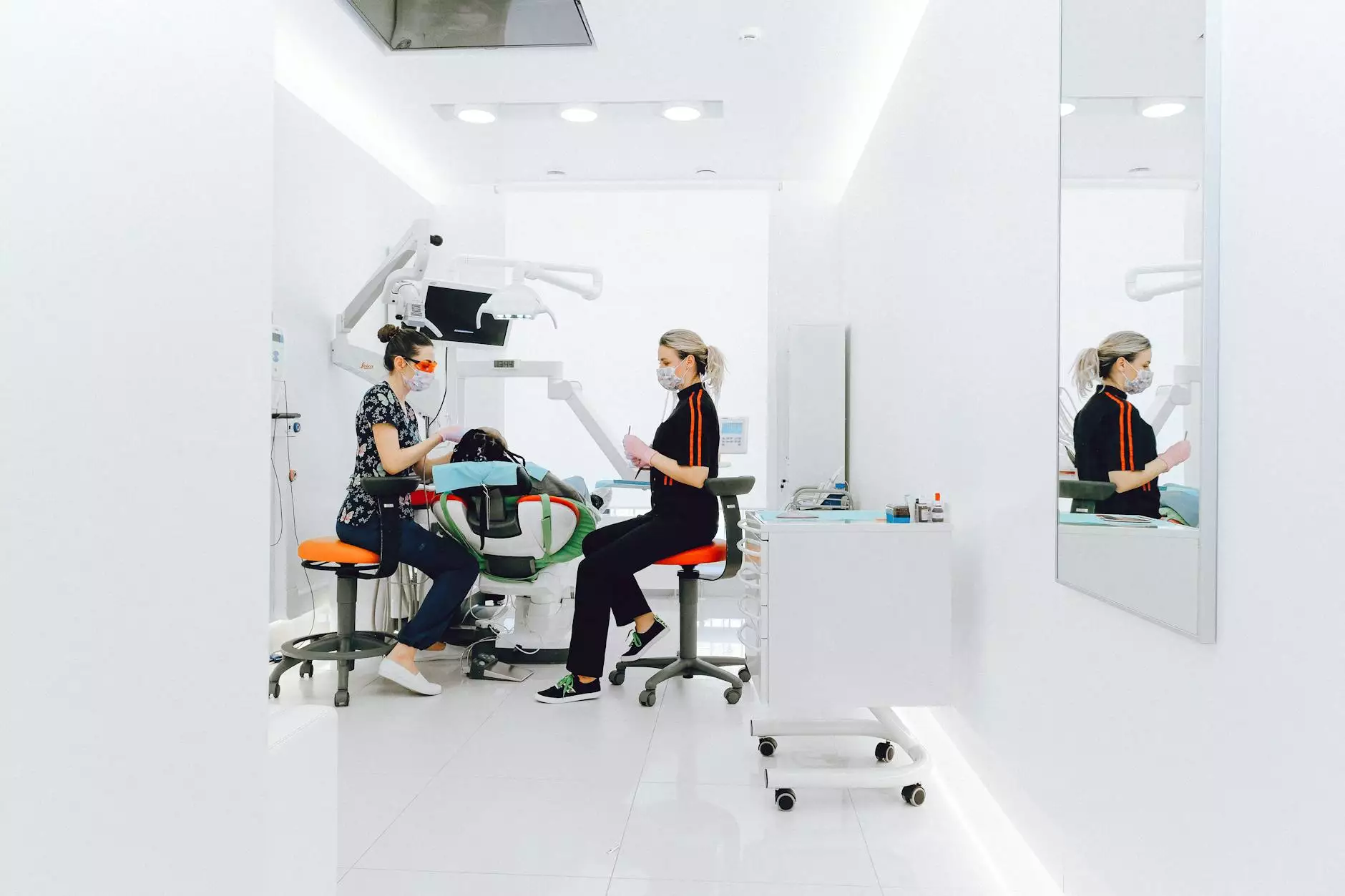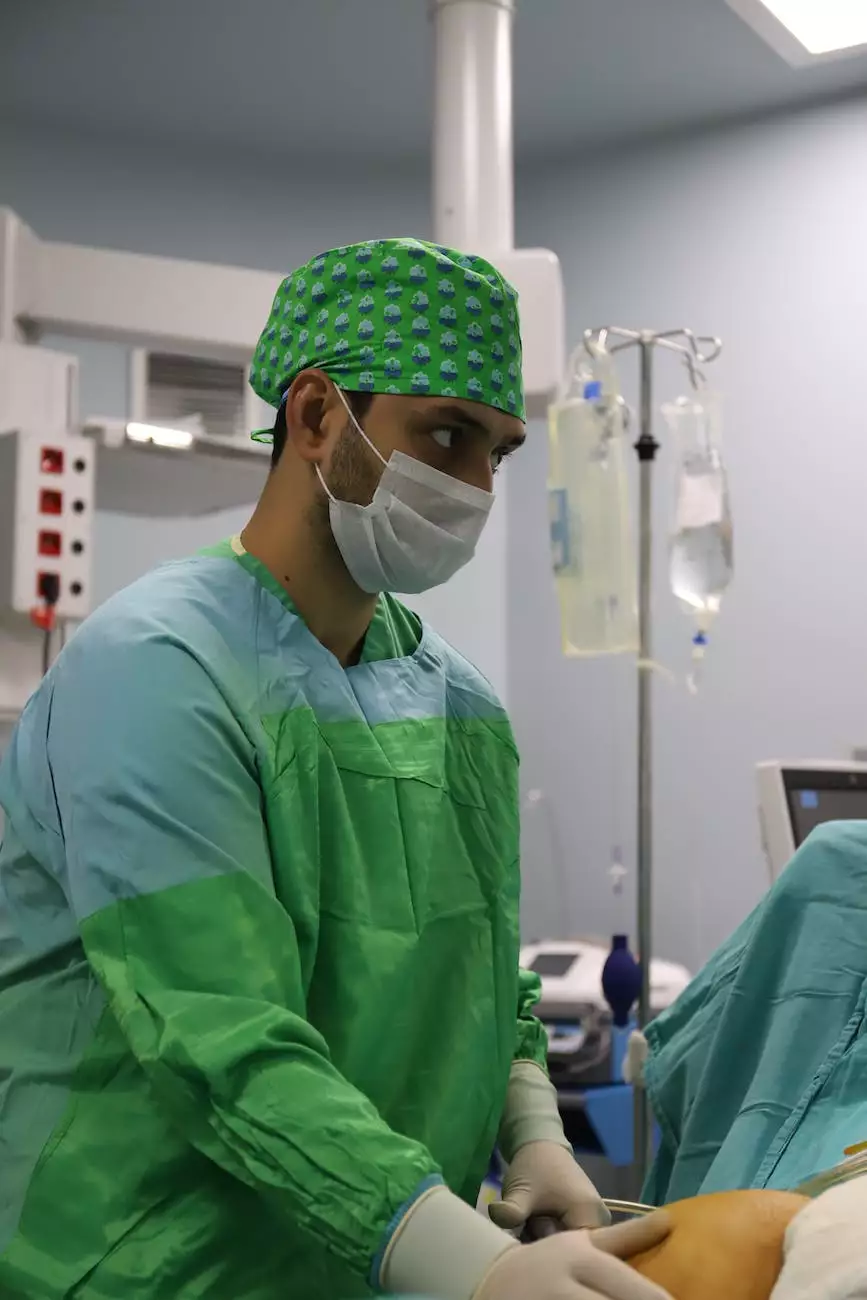BREAST SELF-EXAM
Breast Self-Exam
Introduction
Welcome to the comprehensive guide on breast self-examinations provided by Metro St Louis and Southern Illinois Breast Health Centers. Performing regular breast self-exams is an important part of maintaining breast health and identifying any potential issues early on.
Why are Breast Self-Exams Important?
Regular breast self-exams are crucial in early detection of breast abnormalities, including lumps or changes in breast tissue. By performing self-exams, you can familiarize yourself with the normal look and feel of your breasts, which helps you identify any changes that may require further medical evaluation.
How to Perform a Breast Self-Exam
Here is a step-by-step guide on how to perform a breast self-exam:
Step 1: Choose a Comfortable Location
Find a quiet and comfortable space where you can perform your self-exam without any distractions. Make sure the room is well-lit to ensure you can see and feel for any abnormalities easily.
Step 2: Standing in Front of a Mirror
Begin by facing a mirror and inspecting your breasts visually. Look for any changes in size, shape, or contours of your breasts. Pay attention to any unusual dimpling, puckering, or changes in the skin texture.
Step 3: Raise Your Arms
Raise your arms above your head and observe for any changes in the shape or movement of your breasts. Look for any visible signs of swelling, redness, or rash on the skin.
Step 4: Examining with Your Hands
Use the pads of your fingers to examine each breast individually. Start from the outer area and gently move them in circular motions, gradually moving towards the center of the breast. Apply light pressure during the first few circles, then increase the pressure to feel deeper tissues with subsequent circles.
Pay attention to the entire breast, including the area under the armpit and up to the collarbone. Take note of any lumps, thickening, or hardened areas. Remember that some lumpiness is normal due to hormonal changes, but any new or abnormal findings should be reported to your healthcare provider.
Step 5: Examining in Different Positions
Perform the same examination while lying down, with one arm raised above your head. This allows the breast tissue to spread out and makes it easier to feel for any abnormalities. Repeat the circular motions with varying pressure in this position as well. It is important to check each breast in both standing and lying positions.
When to Seek Medical Attention?
If you notice any of the following during your self-exam, it is advised to consult your healthcare provider for further evaluation:
- New lump or mass in the breast
- Changes in breast size or shape
- Swelling, redness, or warmth in the breast
- Persistent nipple discharge or sudden inversion
- Changes in the skin texture or appearance
- Unusual breast pain or discomfort
Remember, finding a change or abnormality during a self-exam does not necessarily mean it is cancerous, but it is essential to have a professional assessment for peace of mind and early detection, if needed.
Conclusion
Regular breast self-exams are an essential part of maintaining optimal breast health. By familiarizing yourself with the normal look and feel of your breasts, you can identify any changes that may require further evaluation. Metro St Louis and Southern Illinois Breast Health Centers are committed to providing comprehensive information and support for breast health. Consult with healthcare professionals for personalized advice and guidance based on your specific needs.

